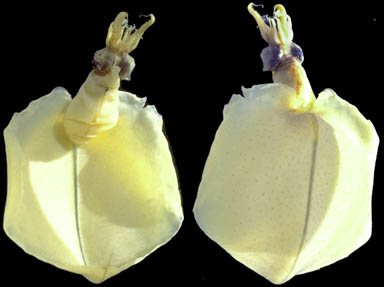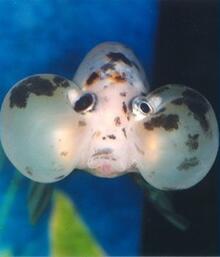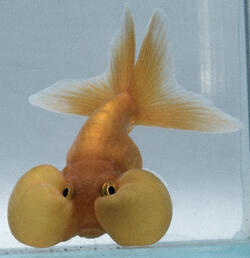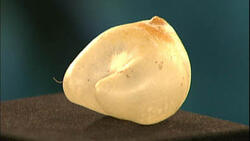This is an old revision of the document!
When Nature Inflates
Always inspiring: how cells as a cluster transport matter through their membranes; the electro-luminesent working of jellyfishes; vortexes blown by dolphins just to play with...while scientists crack their heads "how do they do this"; about spiders spending their lifetime under water in an airbubble;...
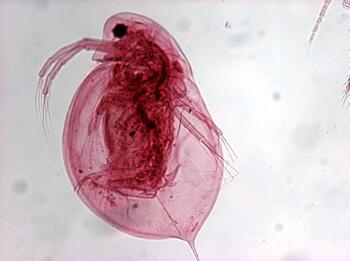
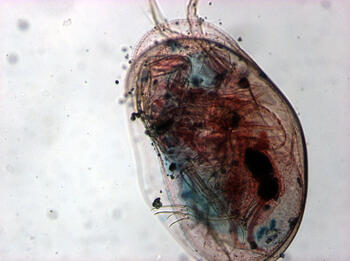
http://www.acadweb.wwu.edu/courses/envr429-rm/
Arthropoda/Crustaceae, Cladocera, Daphnia 40x & Arthropoda/Crustaceae, Ostracoda, Cypris 40
source: http://www.acadweb.wwu.edu/courses/envr429-rm/
http://www.acadweb.wwu.edu/courses/envr429-rm/
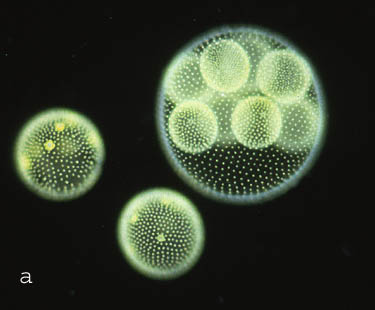
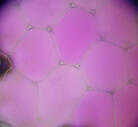

Volvoxa
Epidermal cells of Rhoeo discolor. The vacuoles (pink) fill out the whole cells and the vacuoles fill out the whole cell bodies, plasmolyses
Photos by: Mnolf, Date: 30.03.2004: License: GFDL
Permission is granted to copy, distribute and/or modify this document under the terms of the GNU Free Documentation License, Version 1.2 or any later version published by the Free Software Foundation; with no Invariant Sections, no Front-Cover Texts, and no Back-Cover Texts.
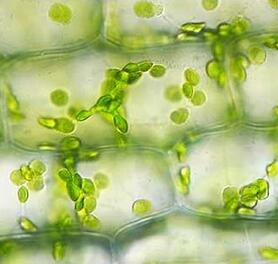
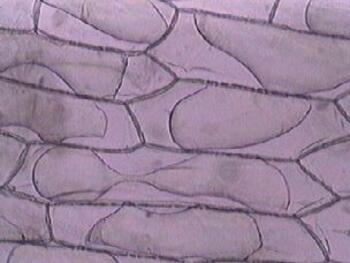
elodea & plasmolysis Copyright A. Gillham, ©Blackpool Sixth Form College
{43_melosira_100x.jpg|43_melosira_100x.jpg}}
43_Melosira_100x:
http://www.acadweb.wwu.edu/courses/envr429-rm/

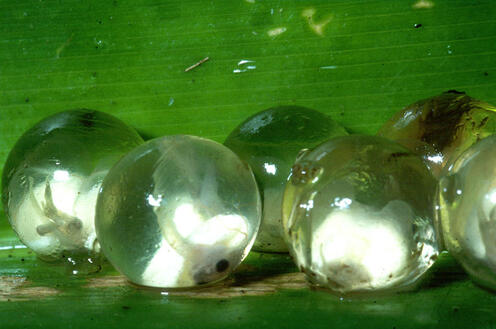

Green Treefrog:Lang Elliott, all rights reserved
Fiji_tree_frog_eggs,_close-up. source: www.ryanphotographic.com/vitiensis.htm jpg:
Marsh frog source: http://example.com|External Link
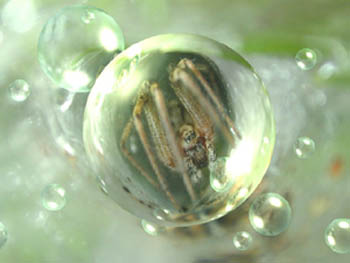

Argyroneta Aquatica: This is the only spider known to live permanently underwater. The spider can swim with ease and constructs an inverted retreat which it fills with air. This is accomplished by trapping air on the abdomen. The air is collected from the surface with a flick of the rear legs. At the retreat the air is brushed off, several journeys are required to fill the “bell”. Prey is taken to the retreat for consumption, although rarely it may be taken to the surface.. Moulting also takes place at the surface, or at least in the vegetation above it.. This would seem to be necessary for the cuticle to harden although moulting has also been observed within the bell.
source: _www.arages.de_Frank_Lepper_Freiburg Bubble Spider by Jacques De Schryver


Monterey Jellyfish: copyright 1992 phil@mit.edu
Freshwater Jellyfish (Craspedacusta sowerbyi)by Gen-yu Sasaki, Japan
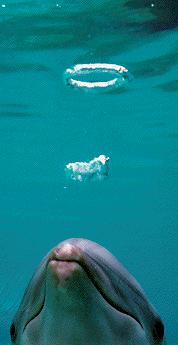
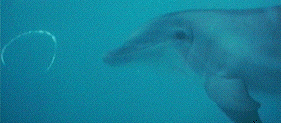
Air rings: Dolphins and certain whales are known to blow bubble rings - they use it for fun about the thickness of a straw and 1 to 2 feet in diameter. The rings don't rise to the surface. The babies play with these underwater toys by moving them around with their rostrum, or biting them or to swim throug. They can elongate them with a flick of their dorsal fins into 15 foot corkscrews. Two ways of creating such rings; one way is by letting a ring out of their blow hole, the other by creating a water vortex ring and blowing air in the vortex ring.
source: http://www.earthtrust.org and http://www.deepocean.net/deepocean/science09.

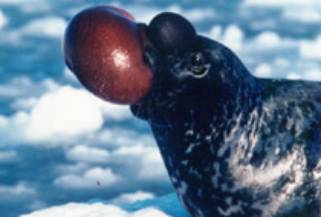

Frigatebird showing inflated red pouch it uses in courtship displays
© E Kirdler/ U.S. Fish and Wildlife Service
………………………………………………………………………….Porcupinefish: copyright 2000 Jeffrey Jeffords & Bubblefish
BR
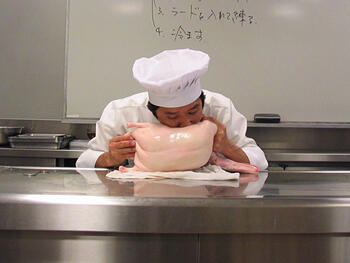
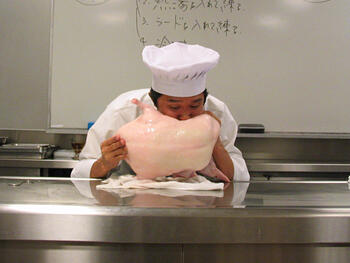
Culinary Chinese School: Inflatable Duck: Blowing is much more efficient than stirrring.
So today in Cooking Lecture we learned about making Peking Duck. Now as anybody knows, a good baked Peking Duck has a very crispy, thin skin while the meat behind it is moist and rich.
I never wondered before how they actually accomplished this, I just kind of took it for granted. If you think about it, how is it possible to get the skin of the duck as crispy and thin as it is, while at the same time maintaining the moist meat behind it? With pigs, its because they have a thick layer of fat that acts as insulation, but no matter how much you fatten a duck, you won't be able to pull it off…. unless, as the highest chefs in Ming Dynasty China propositioned, you can somehow put air between the skin and the flesh of the duck. My teacher did this by sticking one finger in the anus, strangulating the throat with the other hand and blowing into a hole cut into the armpit. A rather unflattering position to say the least. But the duck was, as Mr. Yoshioka assured us later, a female at least.
Our instructor later strung it up on a meat hook and poured hot oil and sugar all over the skin to seal its shape and add a crispiness to the skin and hung it in a huge broiler.
BTW, since I sat in the first row directly in front of the teacher. I got first the sample while the duck is still warm out of the oven (which is when it tastes the best). I am happy to say that it was an incredibly delectable combination of the crisp, light skin and the moist, creamy meat that melts in your mouth. The hand-made chinese crepe also provided just the right elasticity and gumminess to provide a heavenly experience!
–Johnathan
more inflatable image sections: Experience Inflatables - Powered by Wind - Parasite Inflatables - Soap Experiences - When Nature Inflates - Environmental Blendings - Hardened Bubbles - Inflatable Spaces - Inflatable Sound - Interactive Inflatables - The Non Categorized Inflatables - Lighter than Air - NASA Inflatables
or go back: Cocky Eek
